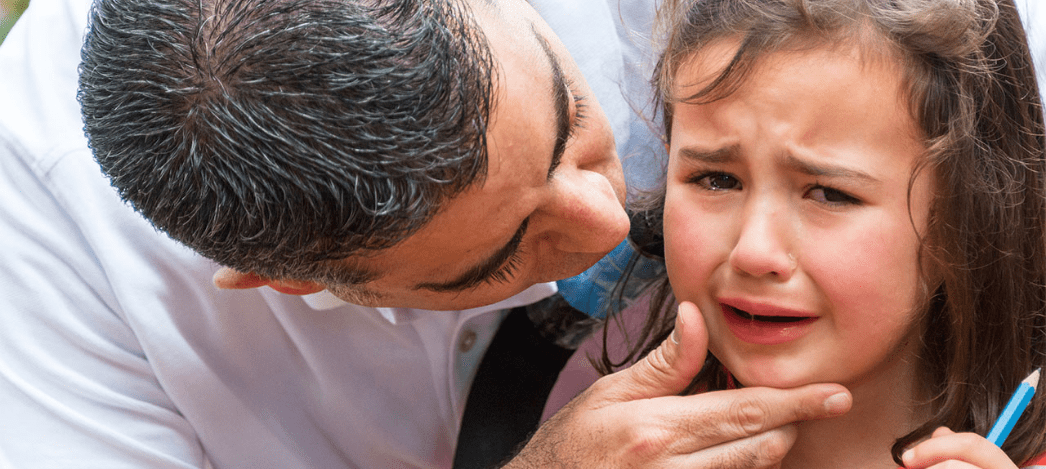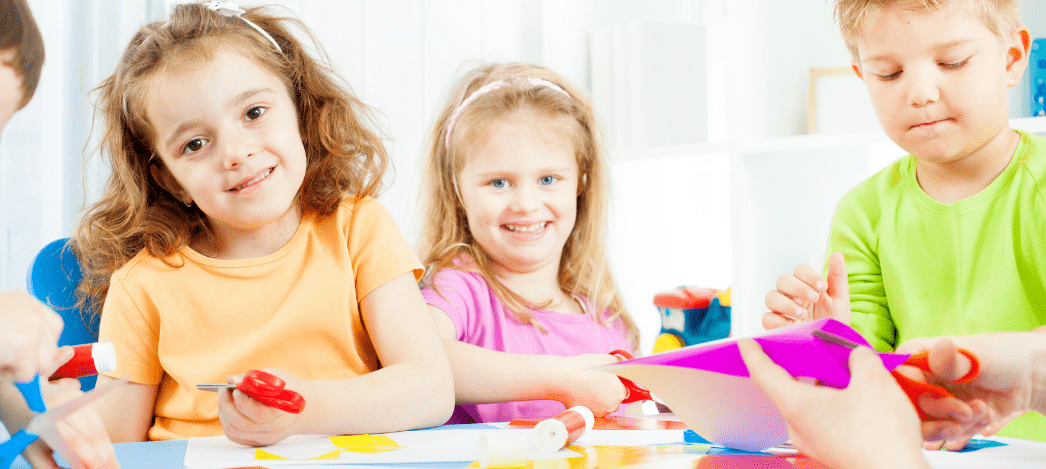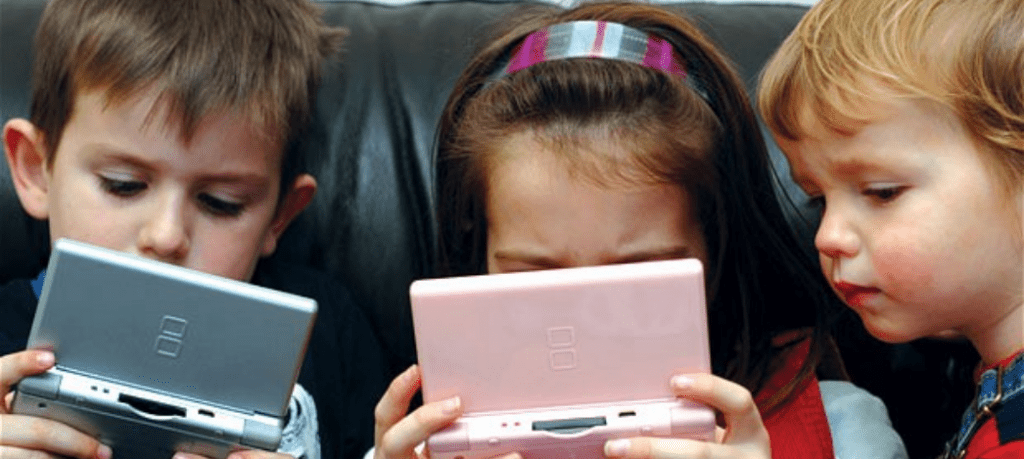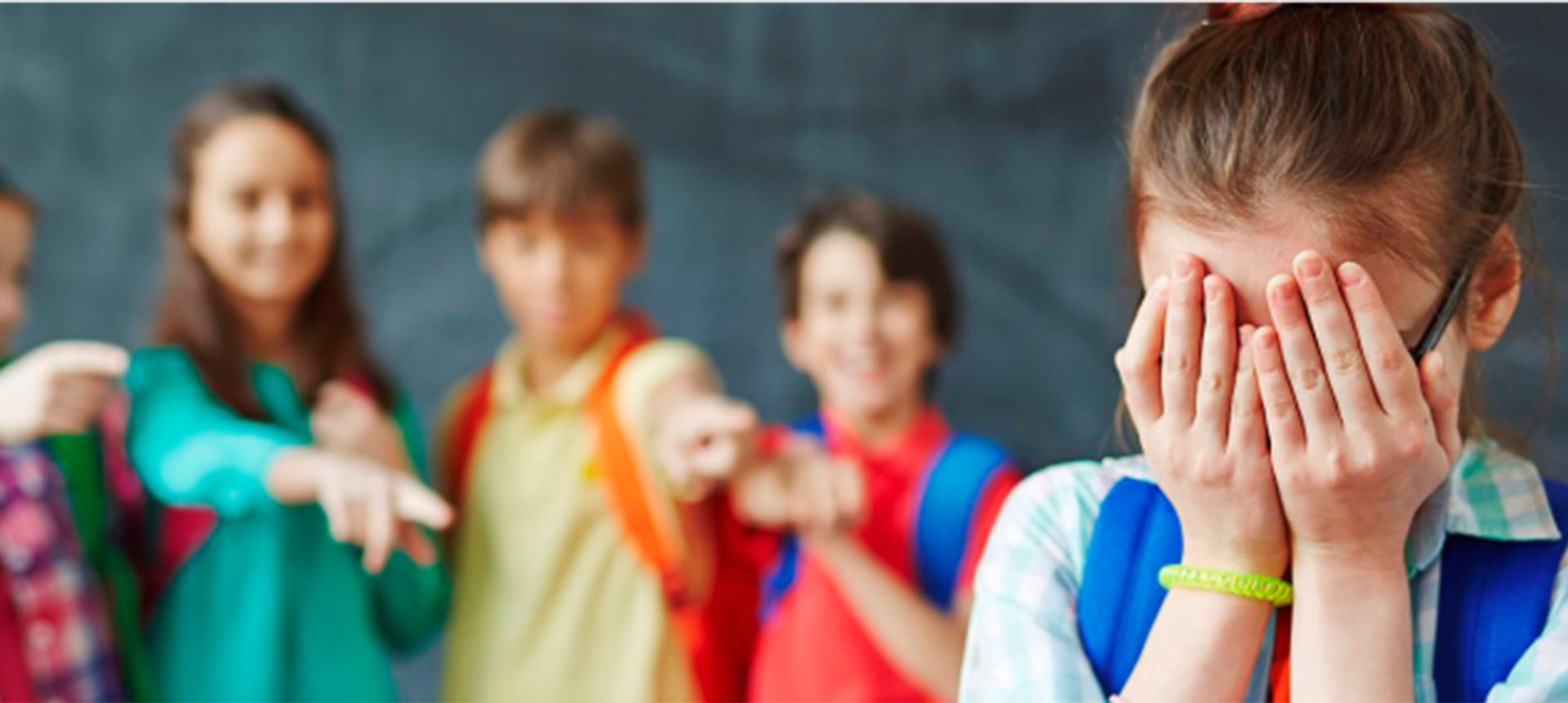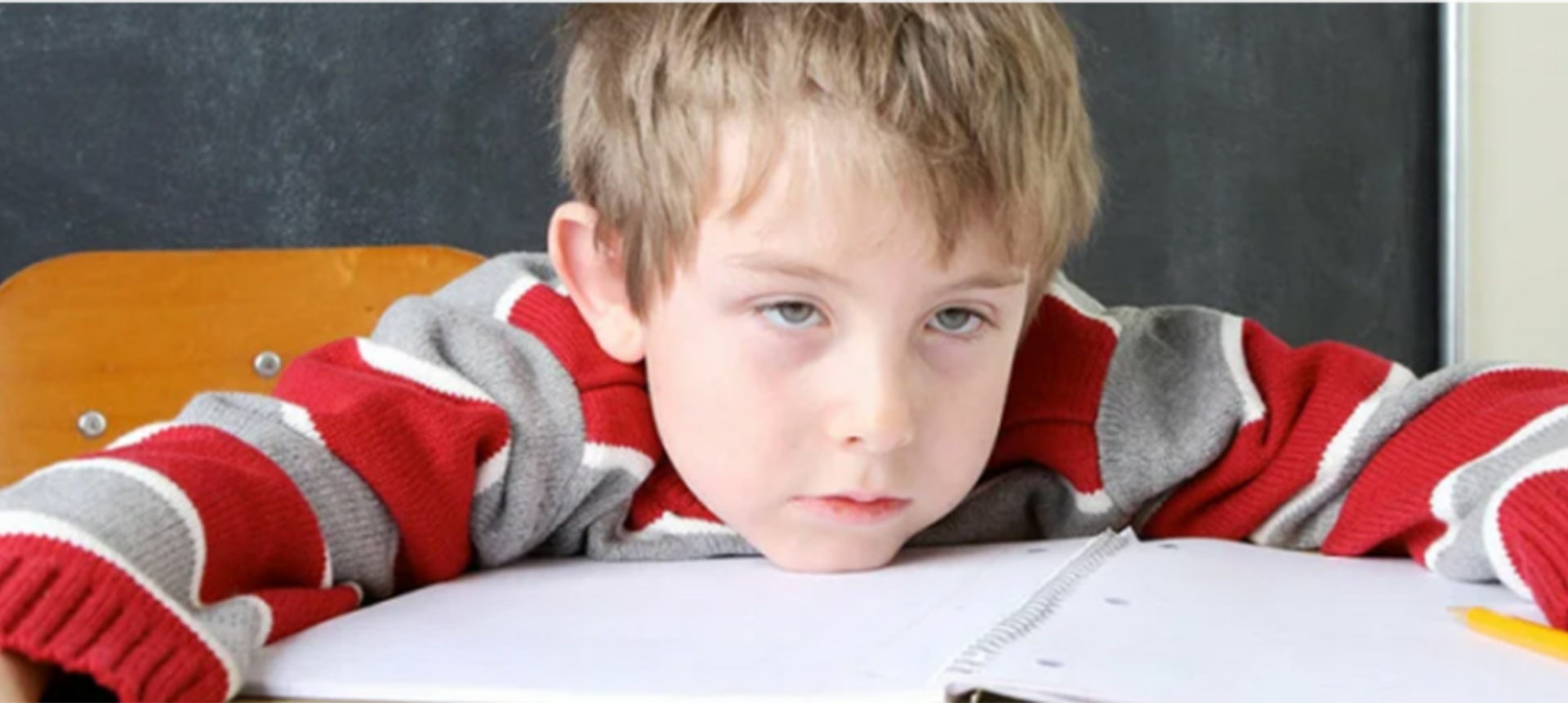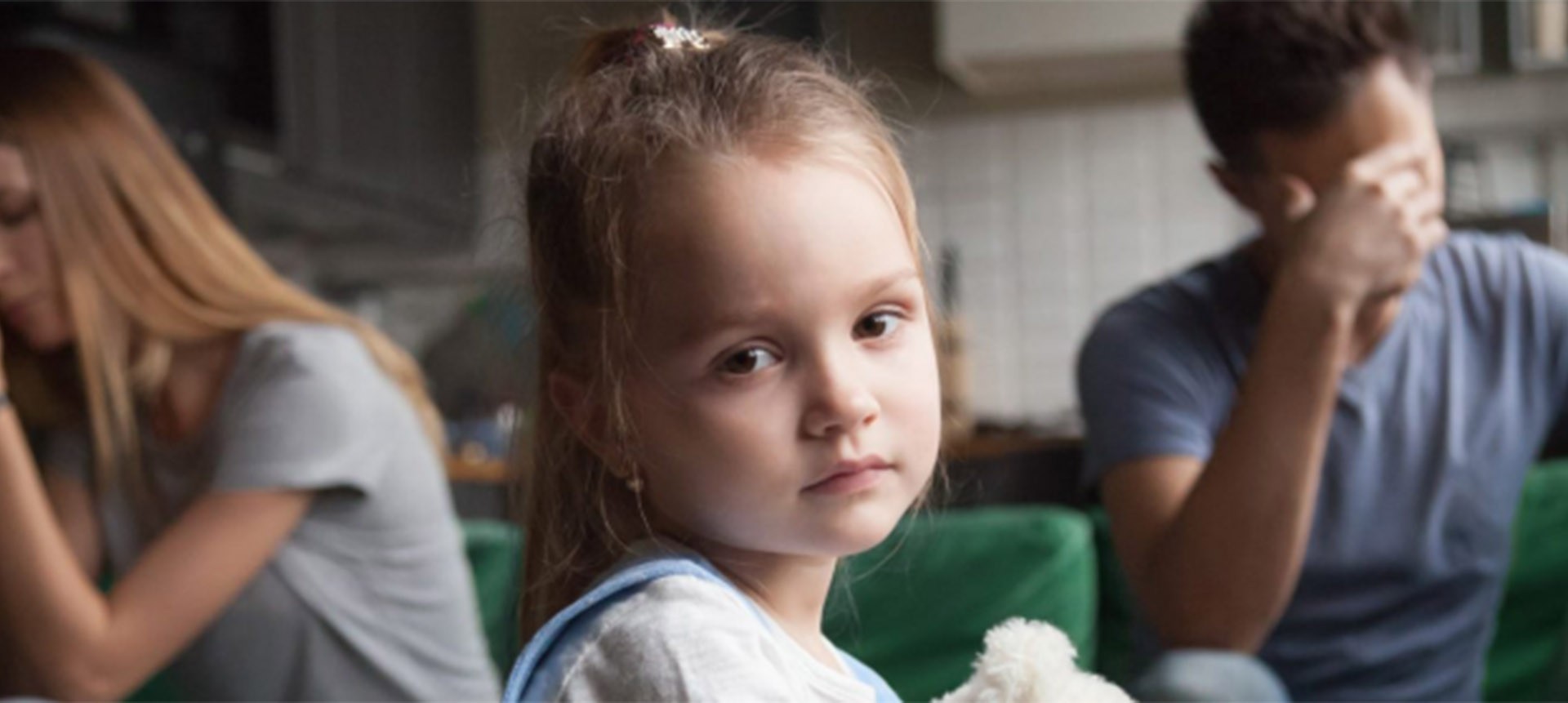Fear is an emotion that can help kids be cautious. Things that are new, big, loud or different can seem scary at first. Parents and teachers can help kids feel safe and learn to feel at ease.
What do children feel afraid of?
Children feel afraid of changes as they grow. Some fears are common and normal at certain ages.
For example:
When babies are about 8–9 months old, they can recognize the faces of people they know. That’s why new faces can seem scary to them, even a new babysitter or relative. They may cry or cling to a parent to feel safe.
The scary monsters they imagine seem real. They fear what might be under their bed or in the closet. Many are afraid of the dark and at bedtime. Some are afraid of scary dreams. Young kids may also be afraid of loud noises, like thunder or fireworks.
Preteens and teens may have social fears. They might feel anxious or afraid before they give a report in class, start a new school, take a big exam or play in a big game.

How to deal with Fears and phobias in children
- Comfort the child by saying, “It’s OK, you’re safe, I’m here.” Let your child know you’re there to protect them. Give hugs and soothing words to help your child feel safe.
- Help the child put feelings into words. Help children try new things.
- For a young child who’s afraid of the dark, have a soothing bedtime routine. Read or sing songs and stories. Let the child feel safe and loved.
- Limit the scary images, movies or shows children watch. These can cause fears.
- Help kids and teens learn to prepare for challenges, like tests or class reports. Let them know you believe in them.
Most kids cope with normal fears with gentle support from their parents and teachers. As they grow, they get over the fears they had at a younger age.

